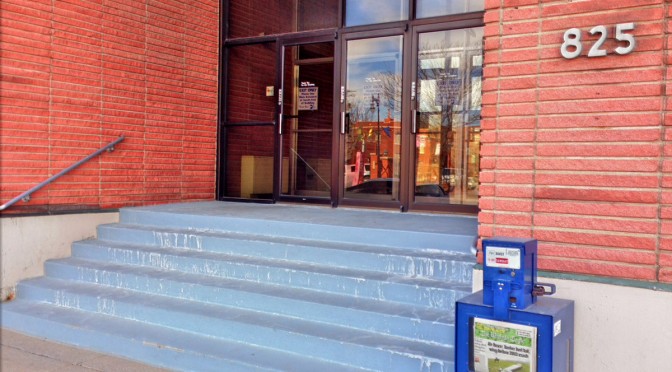Tag: Tim Norton
-

Unruh recollections disputed
A former Sedgwick County Commissioner disputes the narrative told by a retiring commissioner.
-

In Sedgwick County, Norton’s misplaced concern for an industry
In the campaign for Sedgwick County Commission, the incumbent Tim Norton touts his experience, judgment, “intellectual stamina, thirst for data and feedback,” and his efforts in economic development. Following, from January 2013, an example of how uninformed he is regarding basic facts about the Kansas economy.
-

Tim Norton: Saving farms from people and their preferences
Sedgwick County Commissioner Tim Norton’s record is different from what he has actually done.
-

Wichita Chamber speaks on county spending and taxes
The Wichita Metro Chamber of Commerce urges spending over fiscally sound policies and tax restraint in Sedgwick County.
-

Wichita Eagle editorial board on county budget
When someone invokes “ideology” in their criticism of you, you know that they’ve either run short of actual arguments based on fact, or they don’t know what ideological means.
-

Wichita arena sales tax not a model of success
Supporters of a new sales tax in Wichita use the Intrust Bank Arena as an example of successful application of a sales tax.
-
Wichita not good for small business
When it comes to having good conditions to support small businesses, well, Wichita isn’t exactly at the top of the list, according to a new ranking from The Business Journals.
-
For Wichita’s economic development machinery, failure
Compared to a broad group of peer metropolitan areas, Wichita performs very poorly. As Wichita embarks upon a new era of economic development, we need to ask who to trust with this important task.
-
Wichita performs a reference check, the video
Citizens of Wichita are rightly concerned about whether our elected officials and bureaucrats are looking out for their interests, or only for the interests and welfare of a small group of city hall insiders
-
Wichita performs a reference check, sort of
Citizens of Wichita are rightly concerned about whether our elected officials and bureaucrats are looking out for their interests, or only for the interests and welfare of a small group of city hall insiders.
-
WichitaLiberty.TV August 11, 2013
In this episode of WichitaLiberty.TV, host Bob Weeks asks if shoppers have ever paid extra sales tax in Wichita’s Community Improvement Districts, and describes efforts by the city to avoid disclosure of this tax. Then, are there similarities between Wichita and Detroit? Finally, a Sedgwick County Commissioner is worried about agriculture being driven out of…
-
Language makes a difference
No longer is it “Sustainable Communities.” Now it’s “South Central Kansas Prosperity Plan.” Either way, the program is still centralized government planning, with great potential to harm our economy and liberties.